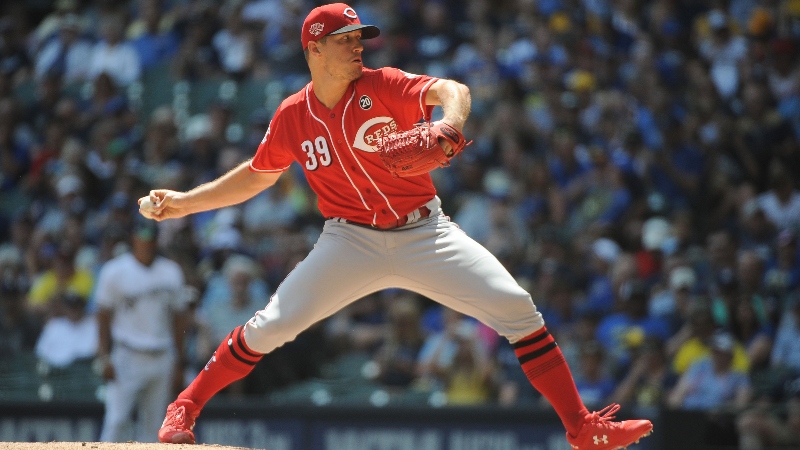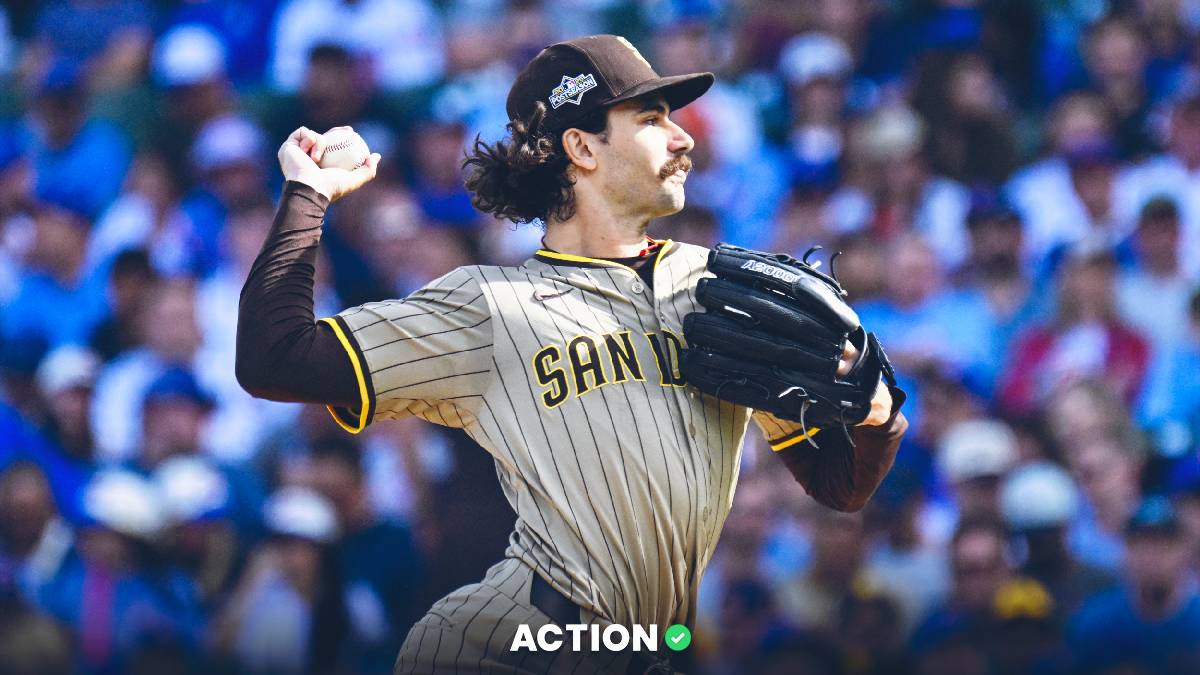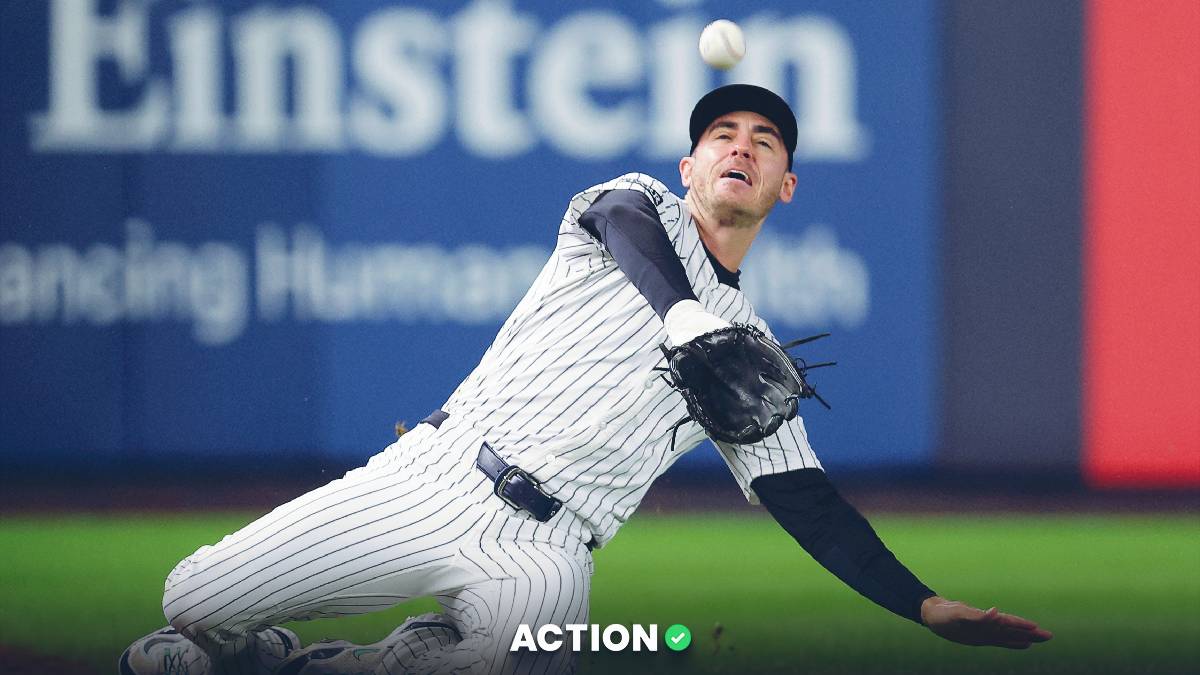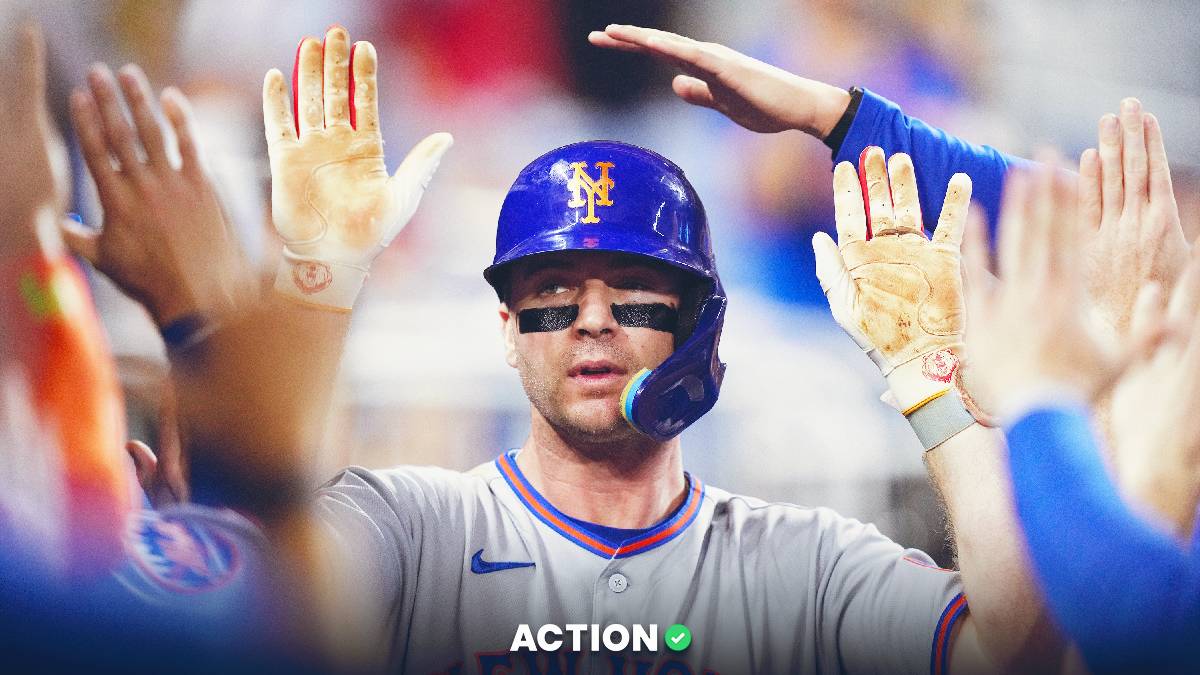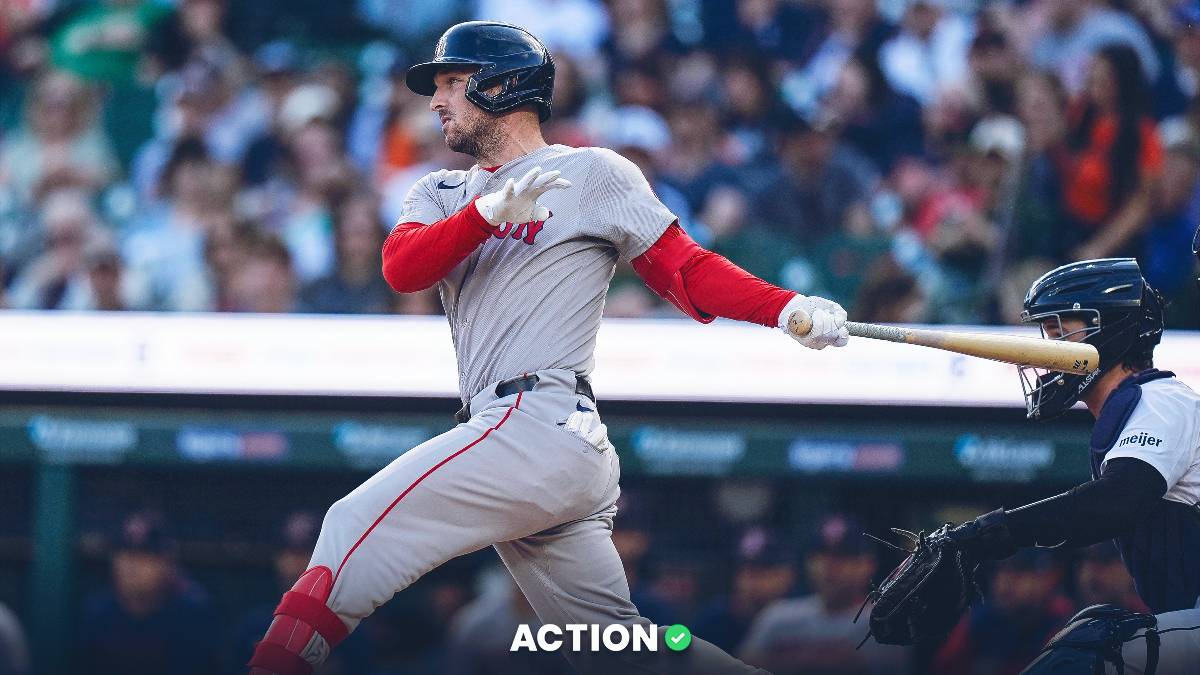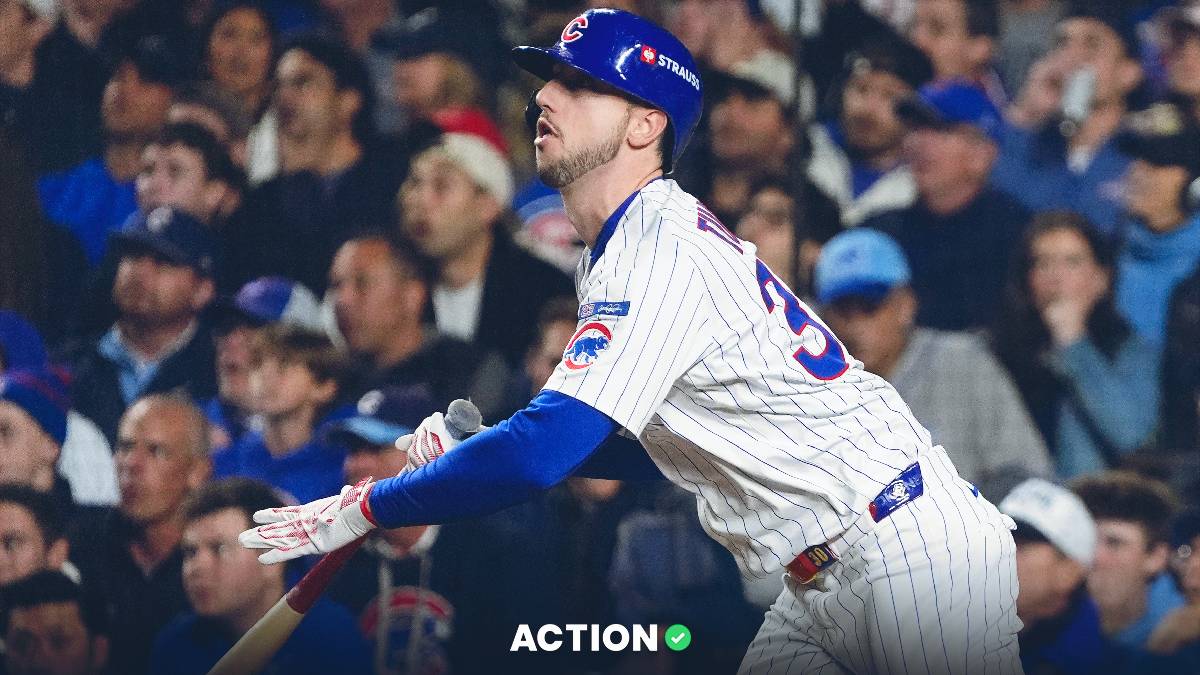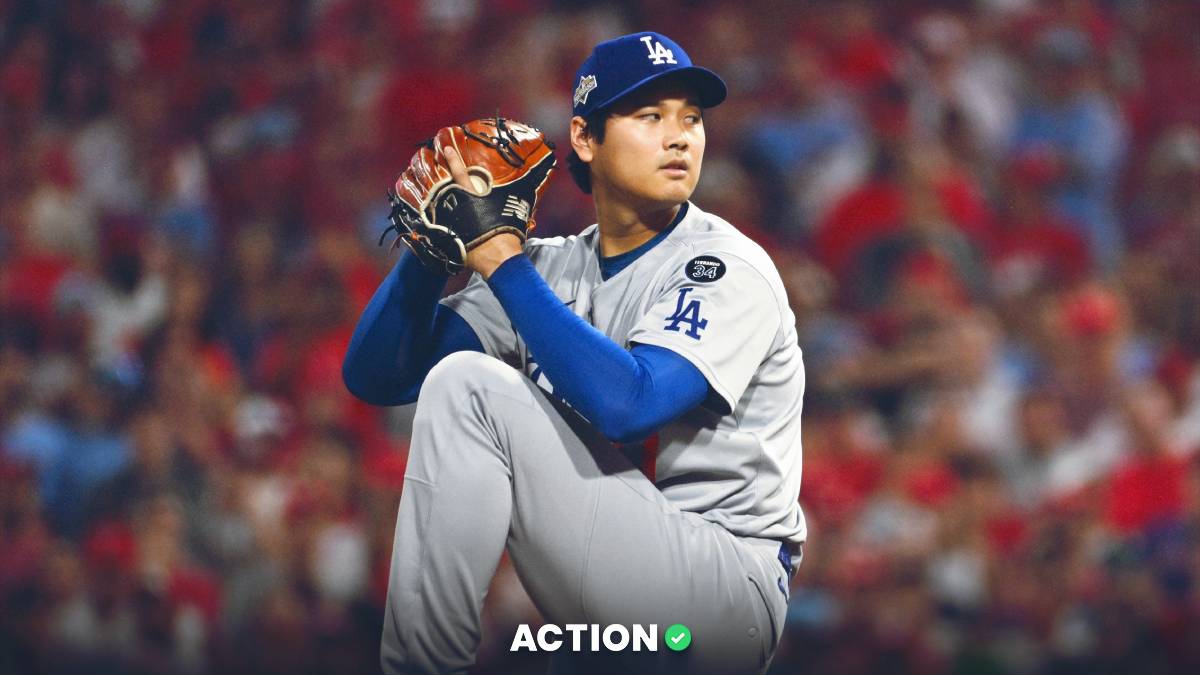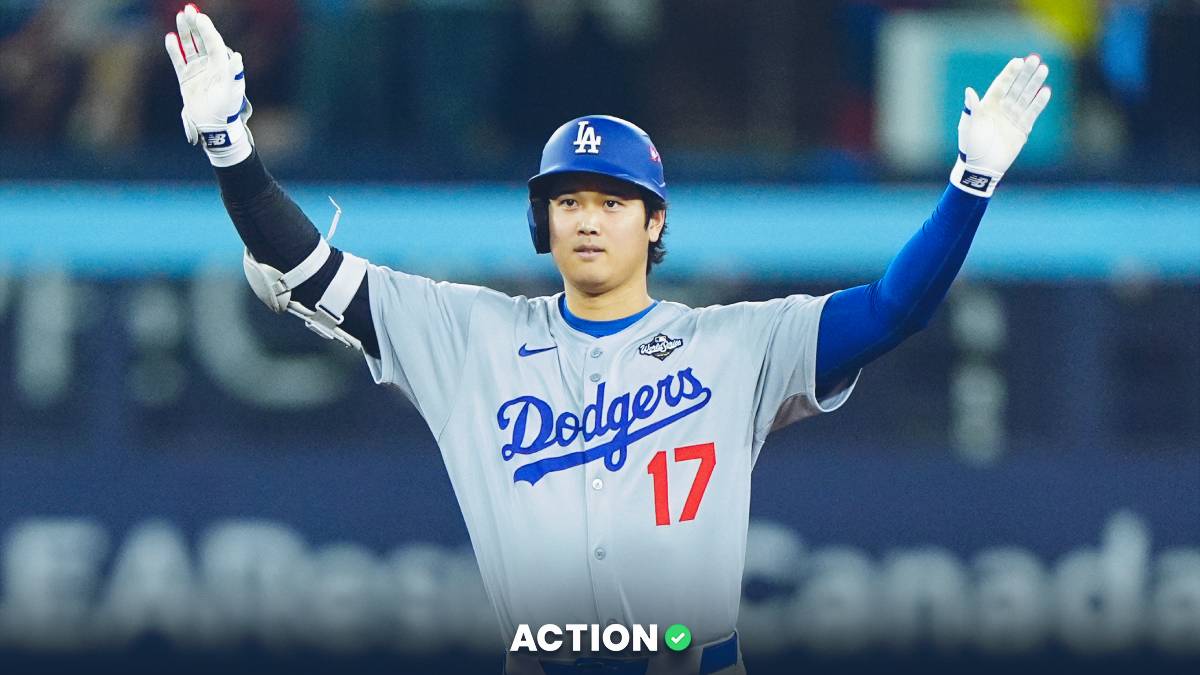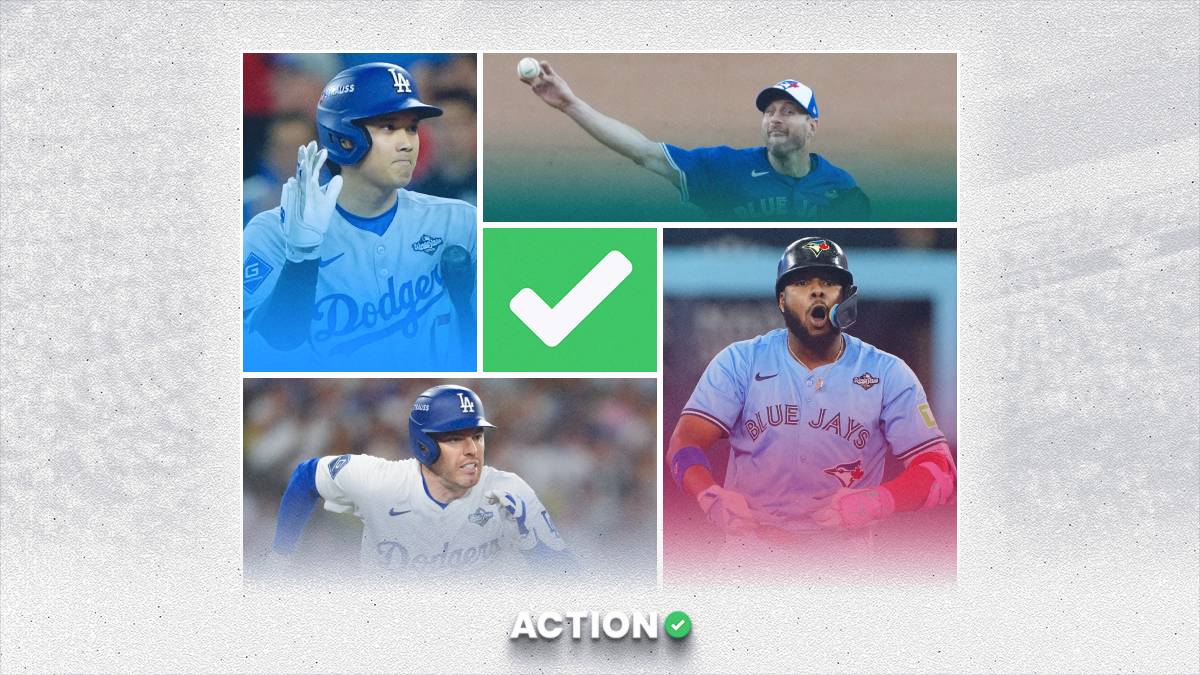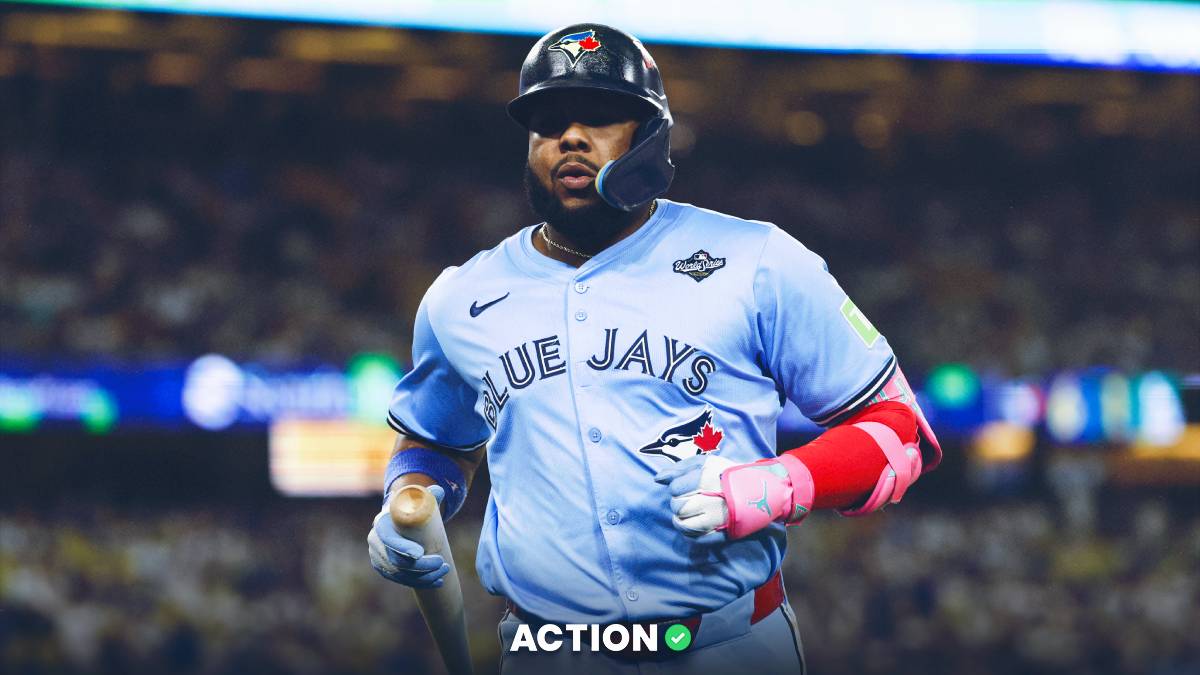- Sean Zerillo's MLB model helps you find edges when betting moneylines and over/unders for the full game and first five (F5) innings.
- He analyzes Monday's slate of games, including how to bet Phillies at Reds (6:40 p.m. ET).
- Plug in your odds to the spreadsheet at the bottom of this article to see where you might have an edge.
At 64-74, the Cincinnati Reds are beginning to look ahead to 2019 – but they have been a bit unlucky this season; sporting a +8 run differential despite a sub. 500 record.
Meanwhile, the Philadelphia Phillies (71-65) have a -8 run differential on the year, but find themselves alone in third place behind the Cubs; 2.5 games back of an NL Wild Card spot.
The Reds have been a solid home team this year, with a 37-32 record at Great American Ballpark, while the Phillies are just 30-34 on the road. Who has the edge on Tuesday, in a matchup that oddsmakers have essentially determined to be a pick'em?
Recapping Yesterday's MLB Model
At writing yesterday, the model would have gone 2-2 against full-game moneylines and 1-0 against moneylines for the first five innings (F5).
My plays went 4-2, and I finished up 1.96 units for the day.
It was a slightly positive day in terms of generating Closing Line Value (CLV).
I gained 22 cents against the sides that I played, netting as much as 16 cents against the Padres moneyline (+130 to +114).
MLB Betting Model for Tuesday, Sept. 3
All odds as of Tuesday morning (view live MLB odds). Stay tuned on Twitter or follow me in The Action Network App for my entire betting card for Tuesday.
Today, the model recommends five full-game moneylines and six moneylines for the first five innings (F5).
As of writing, the 3.5% trigger threshold officially marked the Angels, Blue Jays, Mariners, Marlins and Reds as full-game plays. The model also likes the Angels, Blue Jays, Mariners and Marlins, in addition to the Dodgers and Rays (Game 1) as F5 plays.
The Reds will send out Lucas Sims against the Phillies. A former first-round pick by the Braves (21st overall, 2012), Cincinnati acquired Sims in the Adam Duvall trade prior to the 2018 trading deadline.
There are a lot of encouraging signs in his 2019 profile. Sims' average fastball velocity is up from 92.8 mph to 93.3 mph, his first-pitch strike rate has increased by more than 12% to 65.3%, and his swinging-strike rate is up from 10.1% to an elite 15.8%.
Compared to 2018, batters are swinging at his pitches outside of the zone 7.2% more frequently while making contact 12.7% less often.
On a per-pitch basis (min. 30 innings pitched) Sims has the fourth-best curveball in MLB, with the fifth-highest spin rate:
Lucas Sims, Nasty 82mph Curveball…and Sword. ⚔️ pic.twitter.com/HbKBQTHwKu
— Rob Friedman (@PitchingNinja) May 28, 2019
But Sims isn't all curveball – as his changeup and slider show promising signs – including respective whiff rates of 60% and 55% on the year (curveball is 35.6%).
Lucas Sims, Disgusting 83mph Changeup (grip/release/spin/movement). 🤢😷 pic.twitter.com/rENsze75rP
— Rob Friedman (@PitchingNinja) September 26, 2017
The righty has gained additional confidence in the changeup this season, noting that the pitch is "the best that it's ever been."
He's intentionally pitching up in the zone in 2019, which pairs well with a fastball and curveball that each rank in the 97th percentile in spin rate.
Per FanGraphs, Compare Sims' 2019 fastball locations with 2018, below:
(2019)

(2018)

The only drawback to attacking hitters up in the zone is an increased home run rate, which currently stands at more than two per nine innings (18.9% HR/FB).
Steamer projects Sims for a 4.27 ERA and a 4.47 FIP for the remainder of 2019 – better than its projection for Vince Velasquez (4.77 ERA, 4.93 FIP); and what Velasquez has posted this season (5.33 FIP, 4.88 xFIP).
Also notable for Tuesday is a single-admission doubleheader between the Orioles and Rays, which begins at 3:10 p.m.
Optimal doubleheader strategy will not be in effect, as the Rays are home chalk. While visiting favorites are 43-22 (66.2%, +11.8 units) in doubleheaders after winning Game one, home favorites in the same spot are 76-54 (58.5%, -3.28 units).
However, I have the Rays projected as a -315 favorite in the first five innings, and was happy to pair them in a parlay with the Dodgers; who I make a -415 F5 Favorite.
At my projected fair odds, a $100 parlay would return $63.50, equivalent to a line of -158. At current prices, I was able to lock in that parlay at -114; an expected gap of nearly eight percent in implied line value.
Julio Urias will start in place of Kenta Maeda for the Dodgers, in the nightcap against the Rockies. The 23-year-old lefty has pitched to a 2.53 ERA and 3.59 FIP in 2019, regularly modifying his arm slot in order to deceive opponents:
Julio Urías, Varying Arm Slots. pic.twitter.com/VO0Aq1LlHL
— Rob Friedman (@PitchingNinja) April 8, 2019
Bets (so far) for Sept. 3
- Cincinnati Reds (-105) Game Moneyline
- Los Angeles Angels (+155) Game Moneyline
- Seattle Mariners (+216) Game Moneyline
- Texas Rangers (+263) Game Moneyline
- F5 Parlay (-114): Dodgers (-300) and Rays (-245)
Stay tuned on Twitter or follow me in The Action Network App for my entire betting card for Tuesday, September 3.
Zerillo's Full MLB Model, 9/3
Download the Excel doc with my projections to input odds from your sportsbook. These projections cover the full game and First 5 moneylines and over/unders. A sample of one of the sheets is below.


